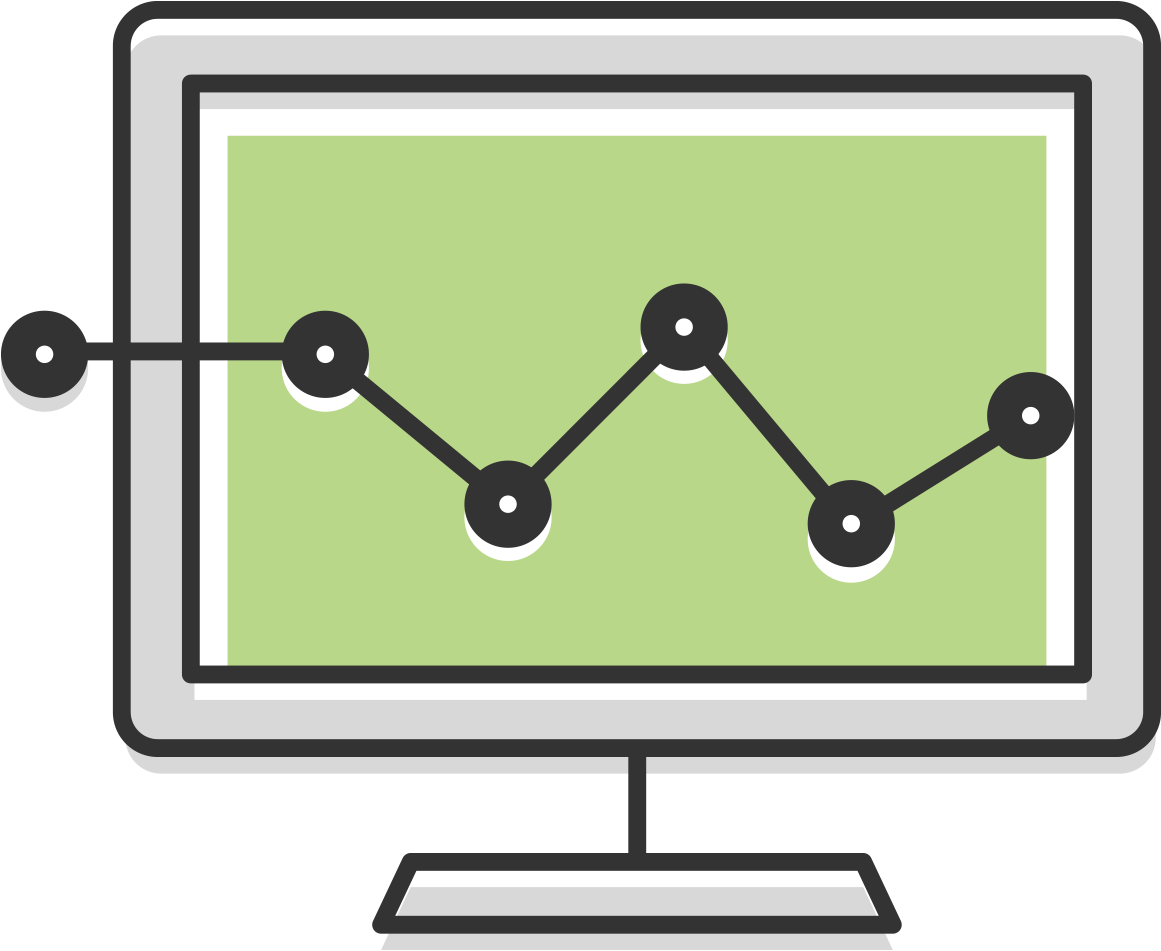
Taking a Proactive Approach to Observability
How observability improves business processes and adds value to your organization
One of the most common complaints we hear from technology leaders is, “Despite considerable investments across monitoring tools, we haven’t seen a reduction in the manual effort needed to make sense of the data.” This is an unfortunate byproduct of a platform-up approach to observability or monitoring. Fortunately, we are here to help.


Where Traditional Observability Approaches Fall Short
Many organizations are inundated with component performance readings that do not necessarily give the whole picture of what is happening within their technology stack. Technology departments respond to these inputs reactively. This is not only time intensive, but more importantly, this limits IT stakeholders from leading higher-value process conversations.
Traditionally, IT departments have centered on managing applications and infrastructure assets. But centering IT around process automation, and not asset management, transforms every domain—including monitoring.
Take a Proactive Approach to Observability
In the traditional reactive approach, IT stakeholders become hyper-focused on data and make reactive decisions accordingly. But in a proactive approach, teams gather data based on the decisions they need to make. We help develop processes and tooling to gather and manage this data. This subtle reversal helps IT teams move from a reactive posture to a proactive posture.

Our Approach: Observability
When IT is centered around process automation, the goal of monitoring is to provide the insights that optimize workflows and create business value.
The Evolving Solutions Observability team complements that process-focused approach. The team is purpose-built to serve as an observability hub and lead ongoing conversations with stakeholders for process performance.
Because observability is centered around desired outcomes—not tools—it enables deeper conversations with line-of-business stakeholders about value and performance. Our Observability team creates a strong foundation of data for valuable outcomes, including:
- Performance modeling that underlies compute elasticity, enabling new workflow automation models and new consumption models
- Performance cost/benefit metrics that enable optimization and prioritization conversations with the business
- Service level objective (SLO) inputs into the development cycle
- Automation of continuous integration and delivery (CI/CD) streams
- A deeper understanding of complex application dependencies
- Enhanced root cause analysis (RCA) processes that drive into systemic and behavioral causes
- Precise inputs into disaster recover (DR) capacity planning and testing
- Performance inputs into the software/hardware vendor management process
- Governance inputs into the software/hardware selection process

Because observability is centered around desired outcomes—not tools—it enables deeper conversations with line-of-business stakeholders about value and performance.

Organizing for Success
If we want to take a more proactive, transformational approach to observability, we need to imagine a different organizational structure—one that leads proactive conversations rather than responds to events. Evolving Solutions is here to guide you in transforming your team and augmenting key functions as your organization matures its monitoring capabilities with our three-step process:
- We begin by clearly articulating your desired outcomes. We may start with a reference maturity model, but our goal is to create a journey unique to your organization. Creating your distinct list shapes our thinking about the makeup of the Observability team.
- Next, we work with your team to identify the stakeholders in your organization for each of these outcomes—both contributors and end users. Including key stakeholders at every step improves the quality of the decisions the Observability team makes.
- As your organization advances on its unique maturity model, your Observability team will have varying needs, e.g., automation scripting or dashboard design skills, many of which may not be available in-house. We develop a skills roadmap to determine if and when Evolving Solutions technical consultants should augment your staffing and in what capacity.
Filling in Cyclical Gaps on Your Team

Our Solution: Observability as a Service
What is this team we’ve described? It is dynamic, like a project team, but it also has steady-state responsibilities within your organization. And while a project team drives toward a finite result, this team drives a perpetual journey of improved outcomes, more mature IT architectures, and deeper relationships between IT and the business.
An OaaS engagement typically involves three types of participants:
1. A core team of dedicated resources. This integrates your organization’s IT staff and Evolving Solutions’ technical experts.
2. Stakeholders engaged in ongoing conversations and decision-making. This should include both line-of-business and IT representatives:
- Application, platform, and network IT leaders
- Cloud enablement, automation, and orchestration IT leaders
- Developers and test/QA leaders
- Marketing, customer experience, and other business leaders who help us establish the value and priority of optimization
3. Subject matter experts who flow in and out of the Observability team as your organization advances on its maturity model. This eliminates free-standing project teams for each maturity improvement.
Action Recommendations
Institute a workflow-focused monitoring approach
Create plans to seek insights into process performance, not just component performance
Organize cross functional teams and processes to enable the foundation of success
Develop KPIs based on business outcomes and end user experience requirements
Addressing Data Protection Misconceptions
It is also important to identify and correct any data protection misconceptions before developing your organization’s strategy. Here are a few common ones:
- Public cloud is automatically safe and secure: Just like any environment, you must attend to your organization’s cloud security strategy. Cloud providers do not have this responsibility—you do. Make sure levels of security are appropriate for your business workloads and understand what your responsibilities are in a cloud provider’s shared security model.
- Data protection is an “all or nothing” undertaking: In many cases, organizations believe they should either backup and restore absolutely everything or nothing at all. There is a middle ground here. Your organization should do what it can to protect its data and evaluate the cost and complexity against business risks and impacts.
- Data should only be backed to guard against disasters: The fact is, data integrity can be damaged through small breaches and inadvertent data deletion—not just full-on disasters or ransomware breaches.

We’re here to help protect your organization’s data.
Get in touch with our team:
